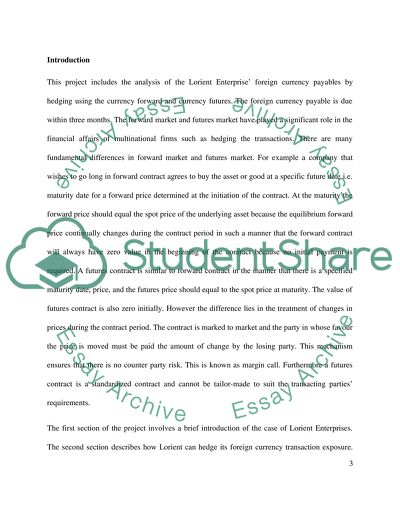Cite this document
(“International Finance: the case of Lorient Enterprises Essay”, n.d.)
Retrieved from https://studentshare.org/finance-accounting/1393597-international-finance-the-case-of-lorient-enterprises
Retrieved from https://studentshare.org/finance-accounting/1393597-international-finance-the-case-of-lorient-enterprises
(International Finance: The Case of Lorient Enterprises Essay)
https://studentshare.org/finance-accounting/1393597-international-finance-the-case-of-lorient-enterprises.
https://studentshare.org/finance-accounting/1393597-international-finance-the-case-of-lorient-enterprises.
“International Finance: The Case of Lorient Enterprises Essay”, n.d. https://studentshare.org/finance-accounting/1393597-international-finance-the-case-of-lorient-enterprises.


